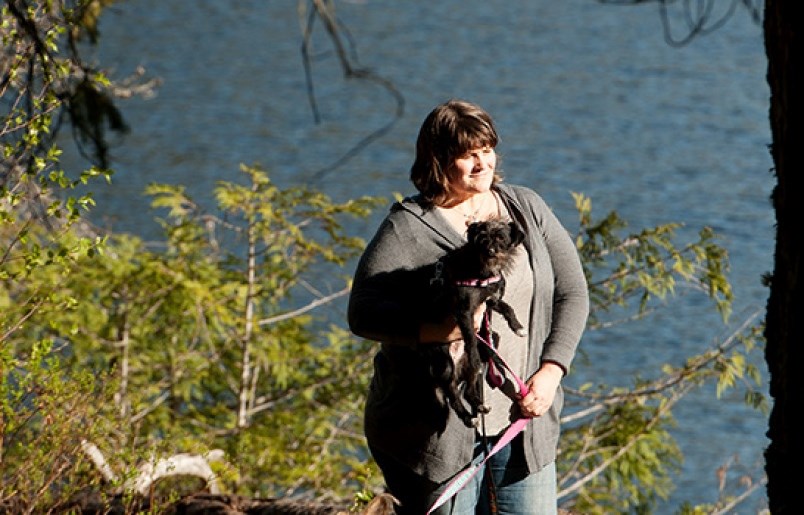Local biologists estimate that more than 2,000 pink salmon died on the Cheakamus River on Sept. 19.
Human-caused mass-kill events like this should never happen and are a harsh reminder that hydroelectric power is not as environmentally benign as many people believe it to be. And as we collectively strive to wean ourselves off fossil fuels and look to alternatives to replace them, we should keep in mind that no matter the type of power being produced, utmost consideration must be given to the habitats, wildlife and ecosystems they intersect.
The hydrological protocols for the Cheakamus River are a shamefully poor standard that result in unnatural daily water flows and dramatic water flow rate changes (ramping rates). They were last changed in 2006 when the current Water Use Plan (WUP) replaced the Interim Flow Agreement (1999-2005) which was developed as a temporary measure after BC Hydro was busted for years of taking way more water out of the Cheakamus River than their water license allowed.
A group of local biologists have been advocating for a “Fish First Flow Alternative” that, simply put, would deliver more water for fish in the Cheakamus, slower ramping rates, and a more natural daily hydrograph. The review of the Cheakamus Generating Facility (Daisy Lake) flow order has commenced, but there is so far very little information on how long the process will take and how much consideration and input will be allowed by local biologists and fisheries experts.
This summer has revealed a much bigger and more frequent fish stranding problem than was ever imagined. Local biologists have been documenting fish stranding incidents since last August and discovered that coho and steelhead appear to be the most vulnerable with extensive stranding events documented in May and August this year. The most recent and perhaps saddest event was the Sept. 19, 2,000-plus pre-spawn pink salmon kill.
BC Hydro acknowledges that their ramping rates are often five to 10 times higher than Department of Fisheries default ramp rates. BC Hydro has been “studying” this for a while with no operational changes to flow and or ramping rates. The science is clear; the current protocols kill fish and further study at this point is simply wasting time. BC Hydro needs to leave more water in the Cheakamus River and make water flow changes at a slower rate. Period.
In the meantime, BC Hydro’s mitigative strategy is to “salvage” stranded fish, which is just BC Hydro’s way of making it look like they are doing something. As biologist Chessy Knight from the Squamish Watershed Society points out, “Fish salvage is like putting a Band Aid on a gaping wound.”
So what is the best mitigation to fish stranding? Figure out how to operate the BC Hydro Cheakamus generating facility so that fish aren’t stranded! BC Hydro needs to do way better.
Editor’s note: Originally, the ramping event was thought to have occurred Sept. 20, as The Chief reported, but later was determined to have occurred Sept. 19 as stated here.




